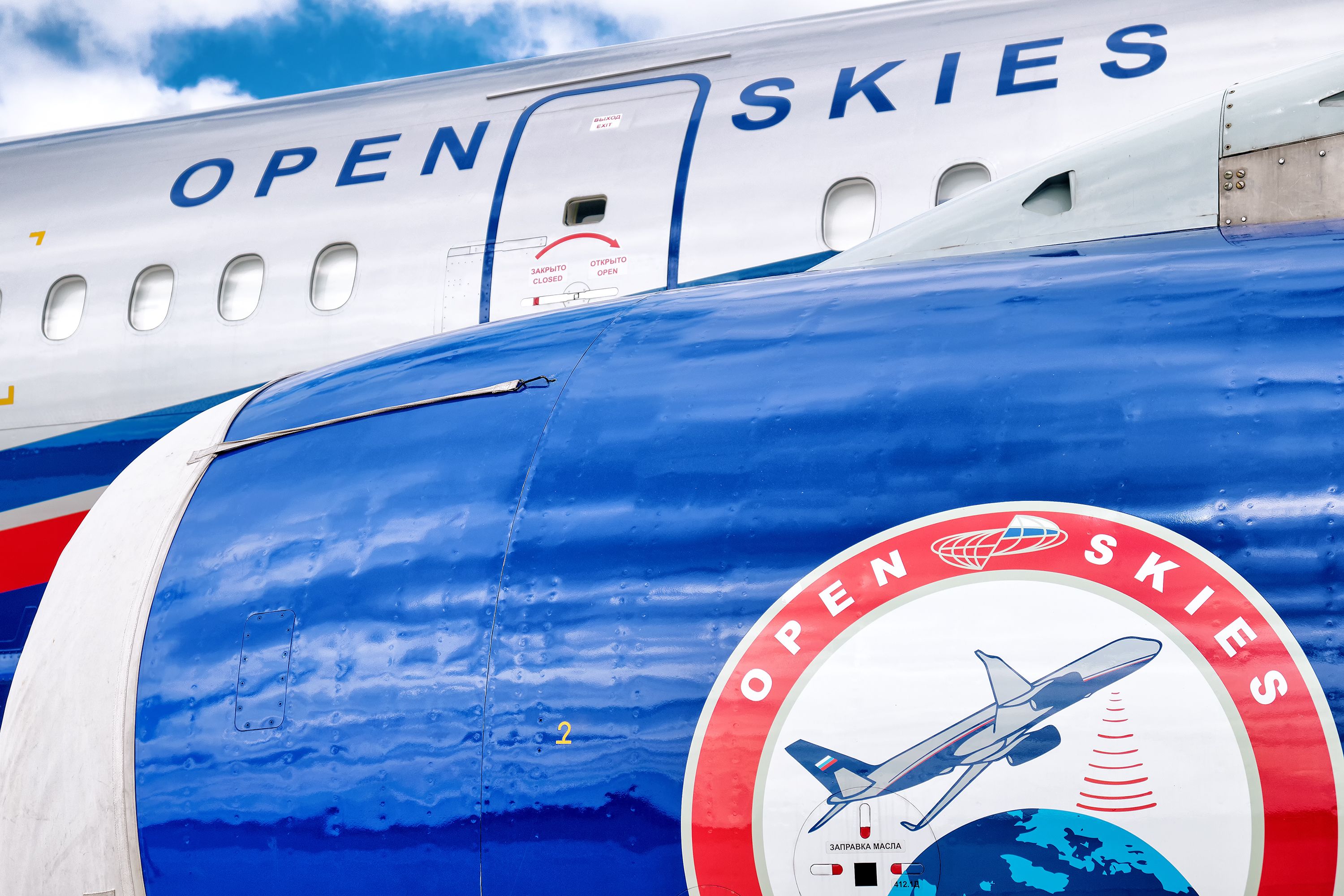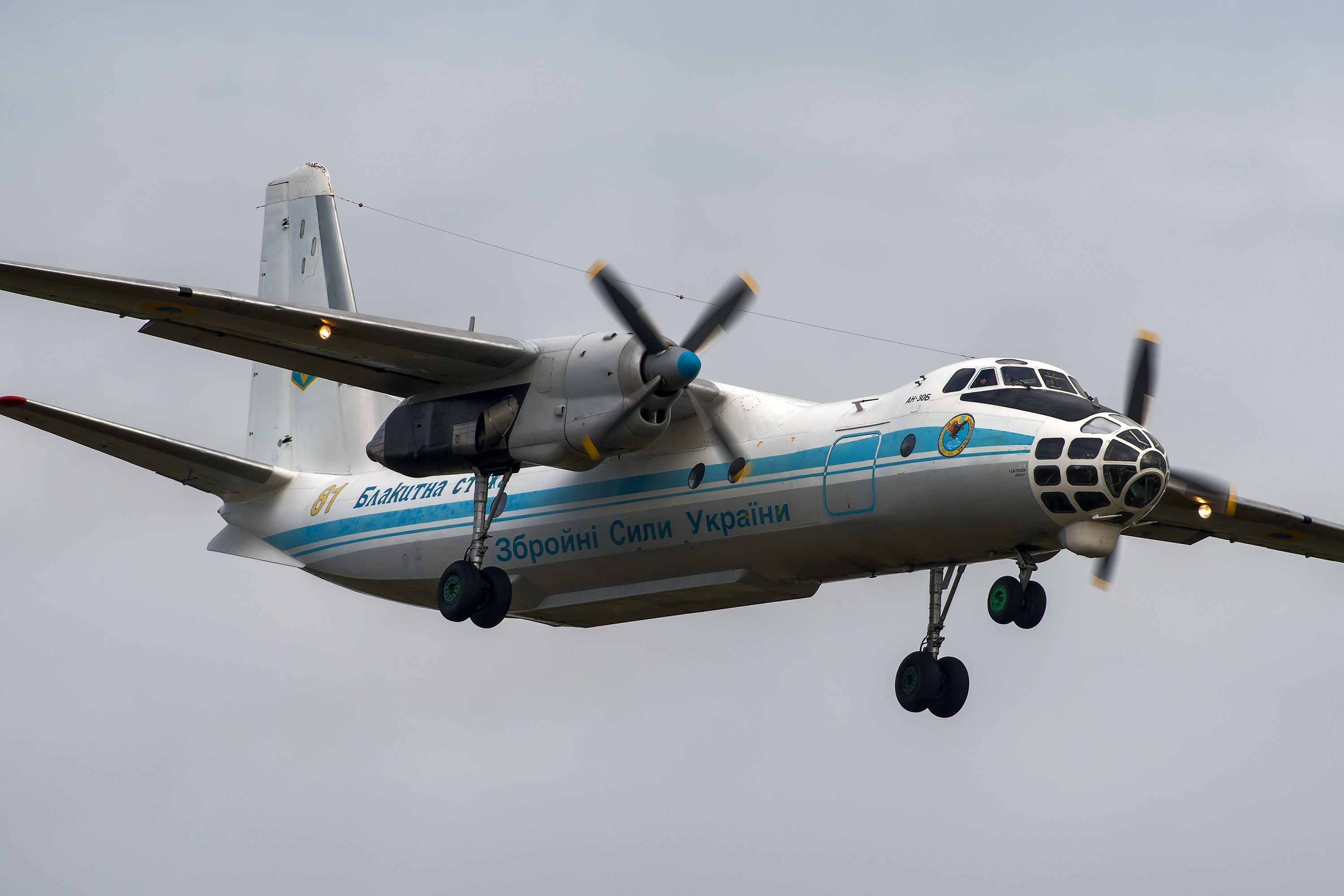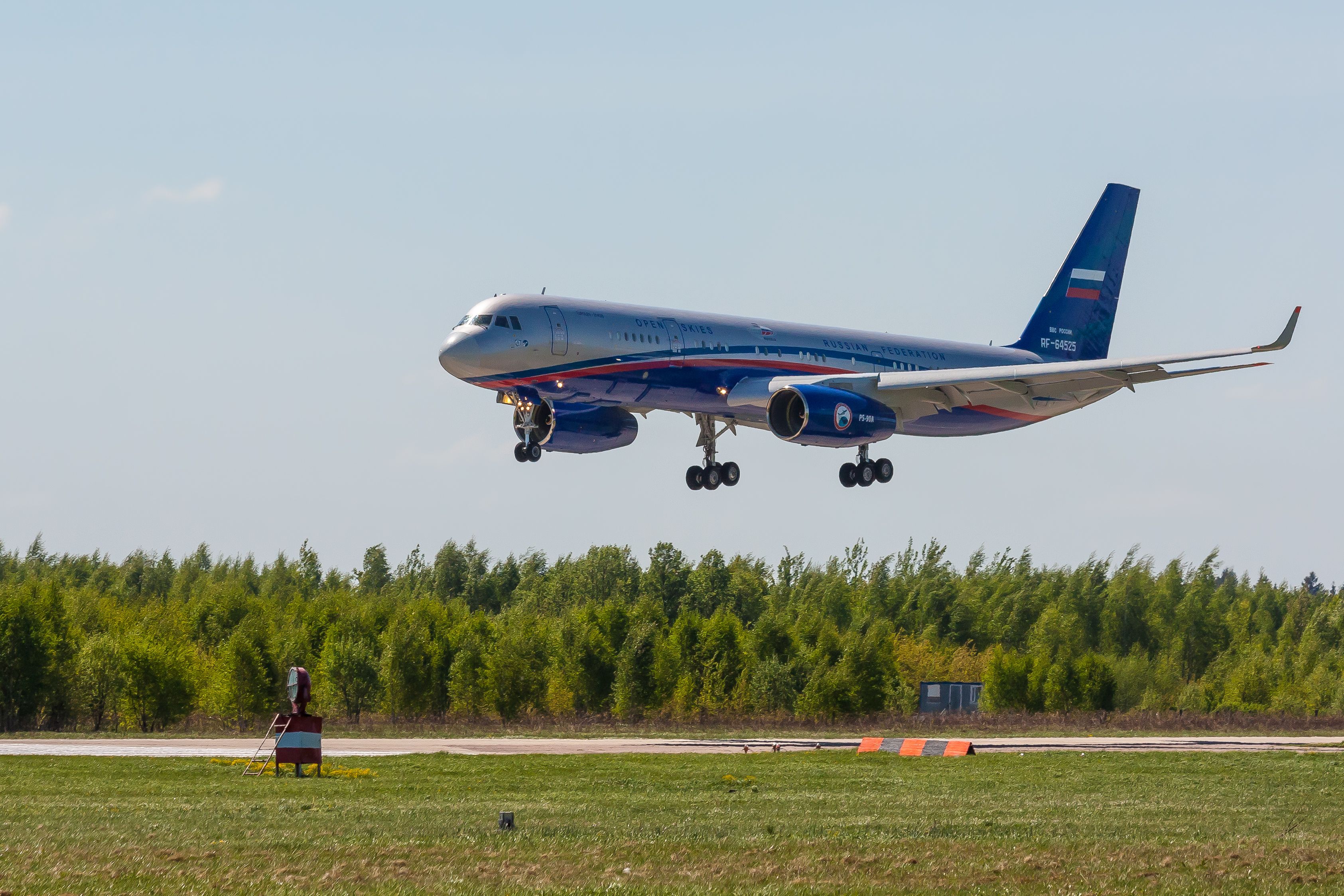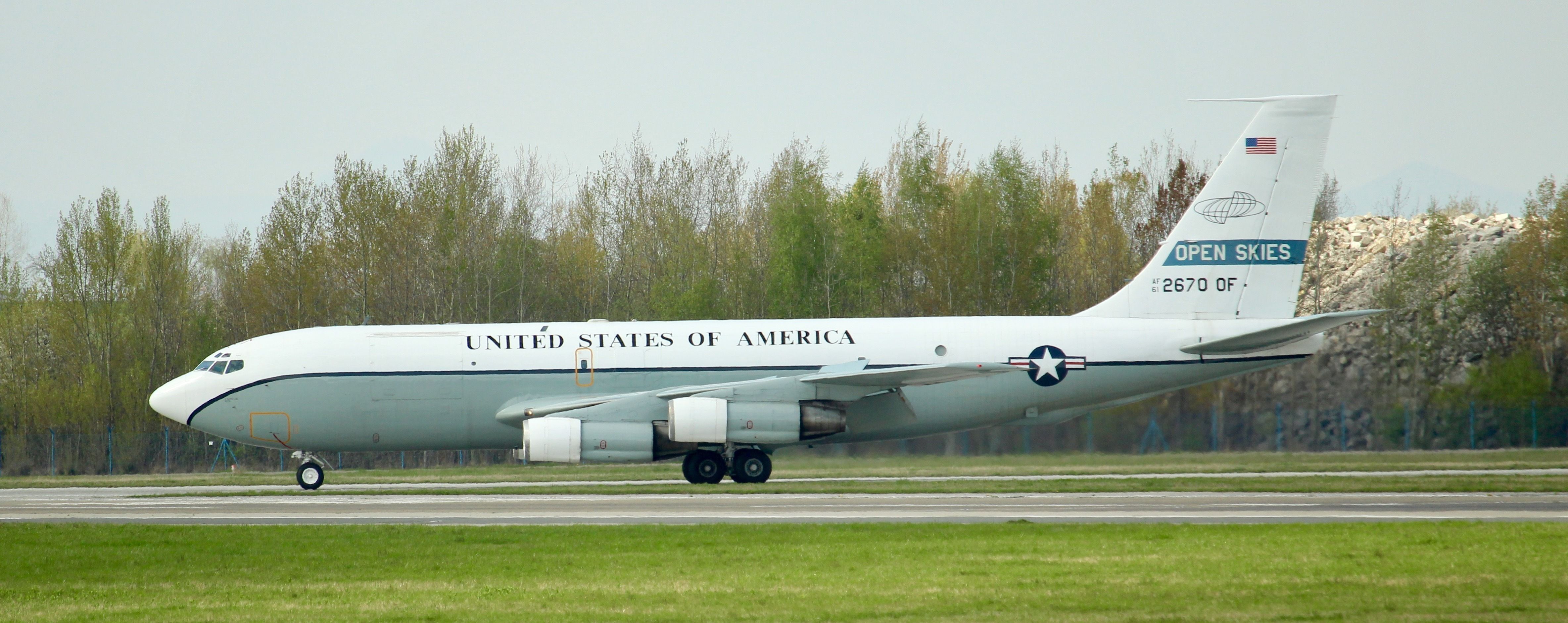Open Skies agreements often refer to negotiations where two countries agree to lift most restrictions for airlines and routes. And these are great for bilateral relations, trade, tourism, connectivity, and much more. But a formal Treaty on Open Skies went into effect about 21 years ago with much different agreement terms.
A long process from inception to realization
In 1955, then-US president Dwight Eisenhower suggested the United States and the Soviet Union permit surveillance flights over each other’s territories. Moscow first rejected this; however, 34 years later, in 1989, George H. W. Bush redesigned the concept, including all NATO members and other European countries. The idea would allow member states to fly unarmed aircraft with sensors over each other’s territory, collecting data on artillery, fighter aircraft, and armored combat vehicles.
Seen as a way to build confidence and familiarity between nations, the Treaty was agreed to and signed on March 24, 1992. However, it only went into effect on January 1, 2002, nearly a decade after. Under the terms of the agreement, any observing country may monitor the entirety of a member country’s territory without exception. Each state has a specific flight quota, meaning they agree to be subjected to a minimum amount of overflights yearly.
Essential rules outlined in the Treaty
Under Article IV of the Treaty, observation aircraft are only allowed to use four specific kinds of data collection equipment, including:
- Optical panoramic and framing cameras
- Video cameras with real-time display
- Infra-red line-scanning devices
- Sideways-looking synthetic aperture radar
In addition, these devices must be commercially available to each member country and are subject to a myriad of performance limits.
Every member state retains the right to designate any model or type of aircraft as an observation aircraft as long as they notify other members within 30 days of use. Countries must provide a list of information when registering an observation aircraft, including identification of the aircraft, its accommodation facilities, specifications, installed sensors, navigational and communication equipment, and all navigation and communication equipment. According to the Arms Control Association, host countries will receive a copy of all collected data. Every member country will receive a mission report and the opportunity to purchase a copy of the collected data.
The Treaty on Open Skies has been in the news periodically over the last few years. Russia and the United States previously said the other country wasn’t following the Treaty. In 2020, the United States formally withdrew from the Treaty, though the government received domestic and international backlash. However, about one year later, on December 18, 2021, Russia withdrew officially, leaving 32 nations, many European countries, plus Canada remaining.
If you're into aviation history, you can read more with Simple Flying here.
Which aircraft did Russia and the US use for Open Skies missions?
Before the two countries withdrew, Russia mainly flew a modified Tupolev Tu-214 passenger airliner, and the US used a modified Boeing WC-135B. Airforce-Technology said Russia’s Tu-214ON featured monoplane wings, reinforced landing gear, and an additional door. The aircraft could accommodate a crew of five people, including the commander, co-pilot, navigator, flight engineer, and radio operator, each with its multi-monitor station.
The United States OC-135B Open Skies is a converted WC-135B derived from the C-135 Stratolifter derived from the Boeing 367-80 airliner. Besides a flight crew of seven, the aircraft was designed to transport foreign representatives and the DOD’s Defense Threat Reduction Agency and could fit up to 35 people. According to the US Air Force, besides its sensor equipment, the OC-135B received upgrades such as a gas-based oxygen system rather than a liquid system so it would be more compatible with foreign airfields, fluorescent lighting enhanced visibility for operations and inspections, and a small conference area with more comfortable seats, a table, and telephone.
Sources: USAF, Airforce-Technology, Arms Control Association, OSCE




